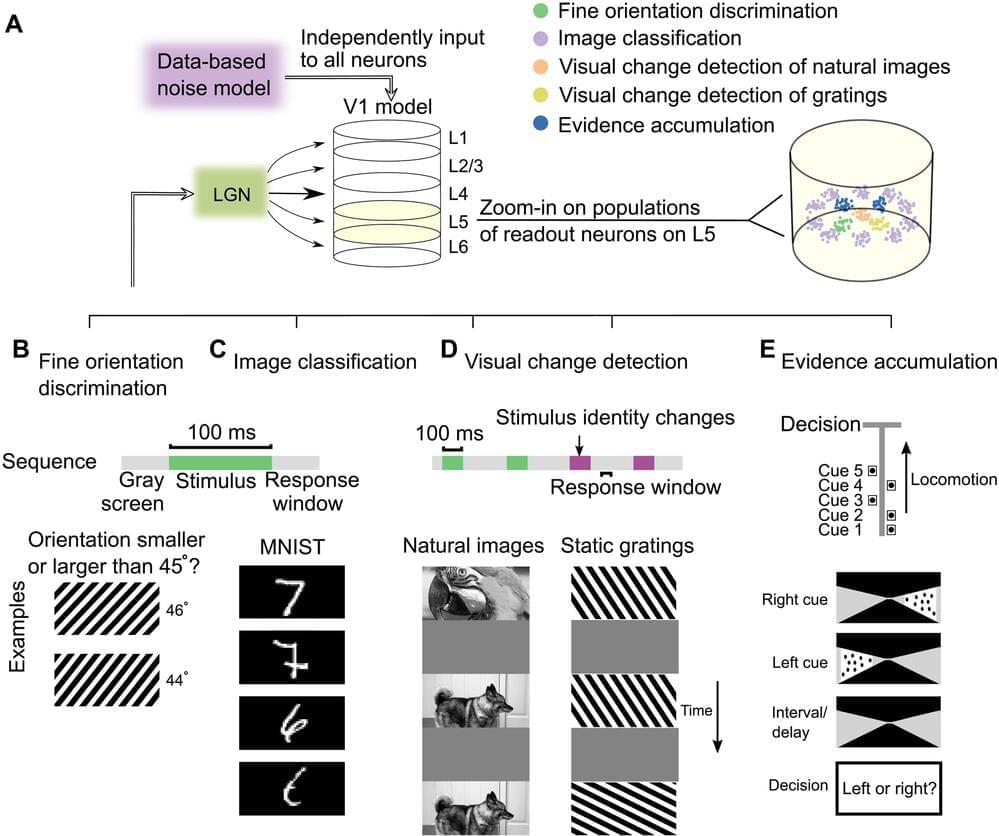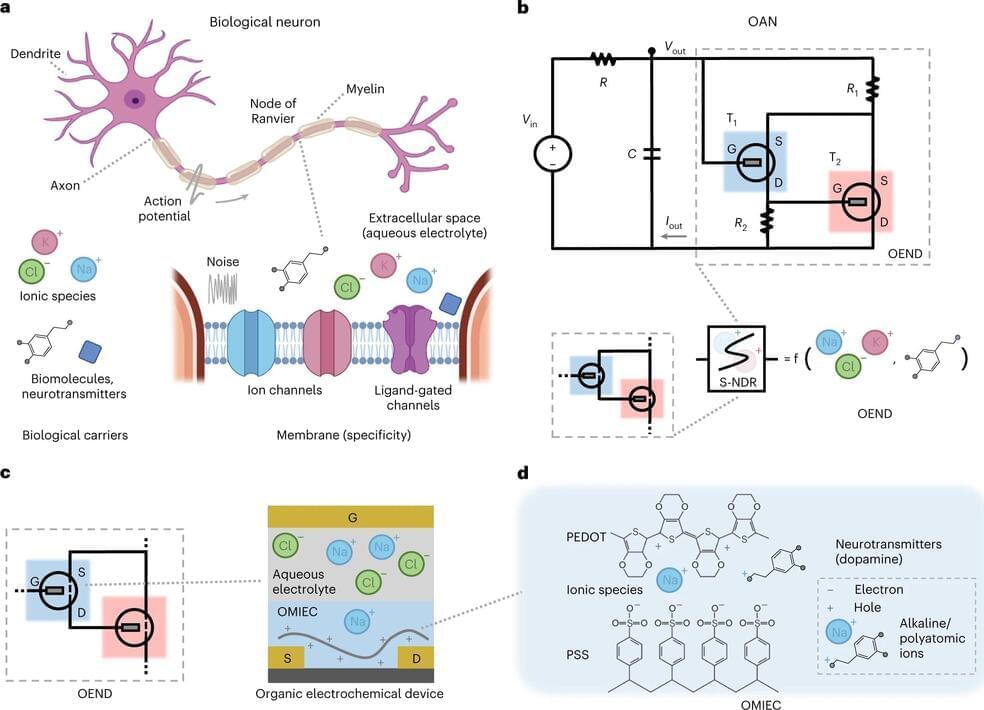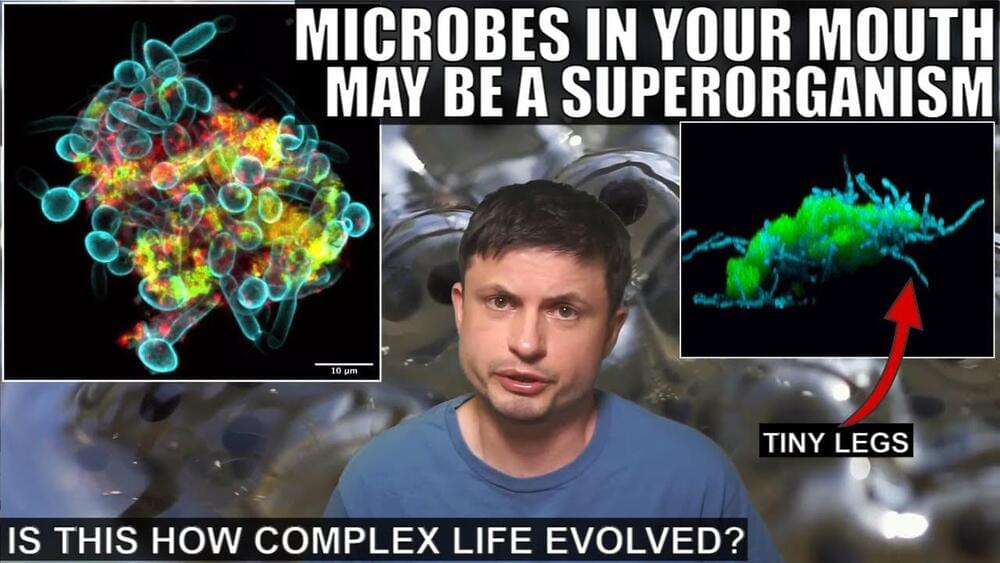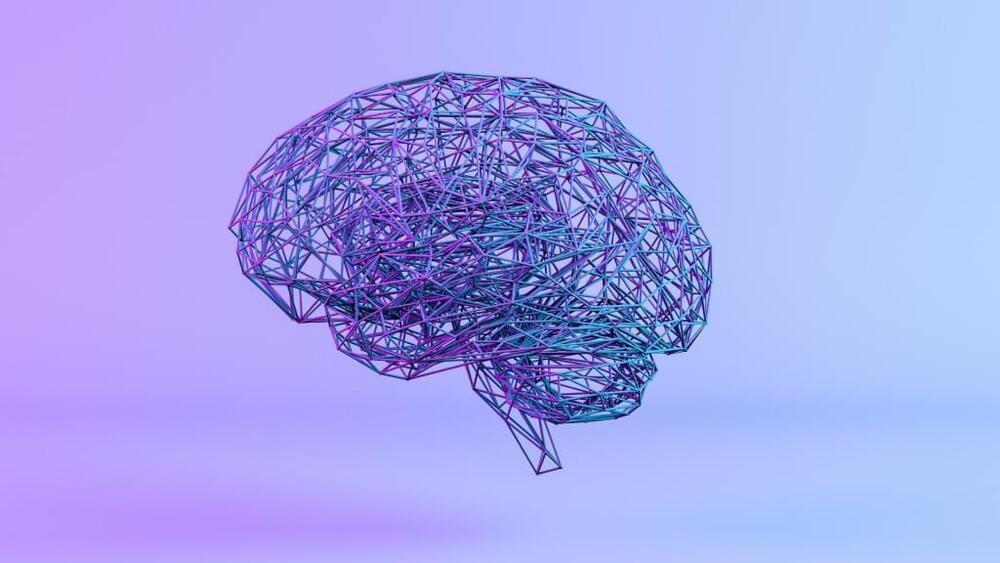Nov 14, 2022
Bio-hybrid robotics built from living tissue | Shoji Takeuchi
Posted by Dan Breeden in categories: biological, robotics/AI
Imagine a robot that could find human beings after a natural disaster because it has a mosquito’s ability to sense human sweat. Shoji Takeuchi of the University of Tokyo has already made a robotic finger that includes living tissue – here he explores possible applications of combining biological material with artificial materials in robotic systems.
http://www.weforum.org/
The World Economic Forum is the International Organization for Public-Private Cooperation. The Forum engages the foremost political, business, cultural and other leaders of society to shape global, regional and industry agendas. We believe that progress happens by bringing together people from all walks of life who have the drive and the influence to make positive change.
Continue reading “Bio-hybrid robotics built from living tissue | Shoji Takeuchi” »

















